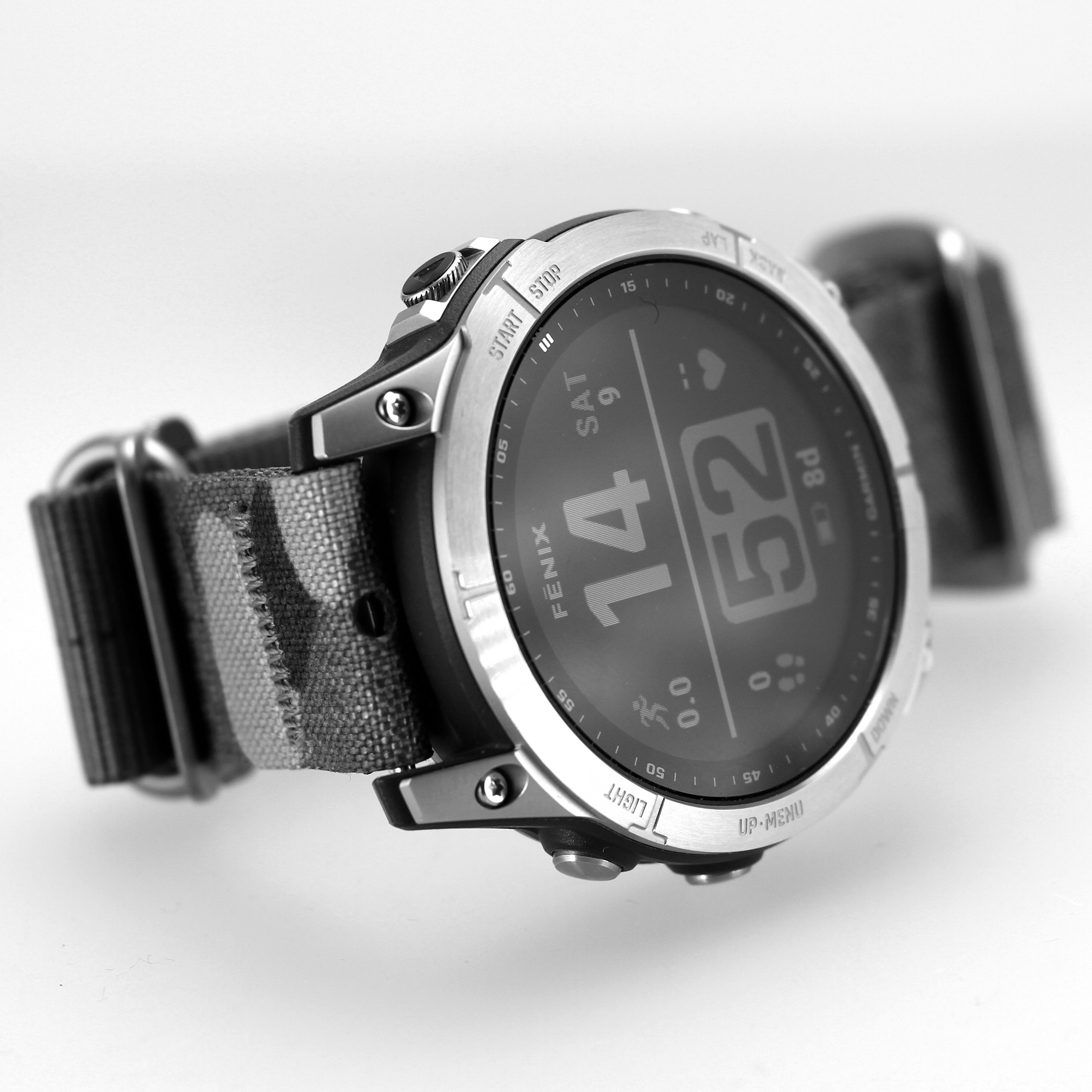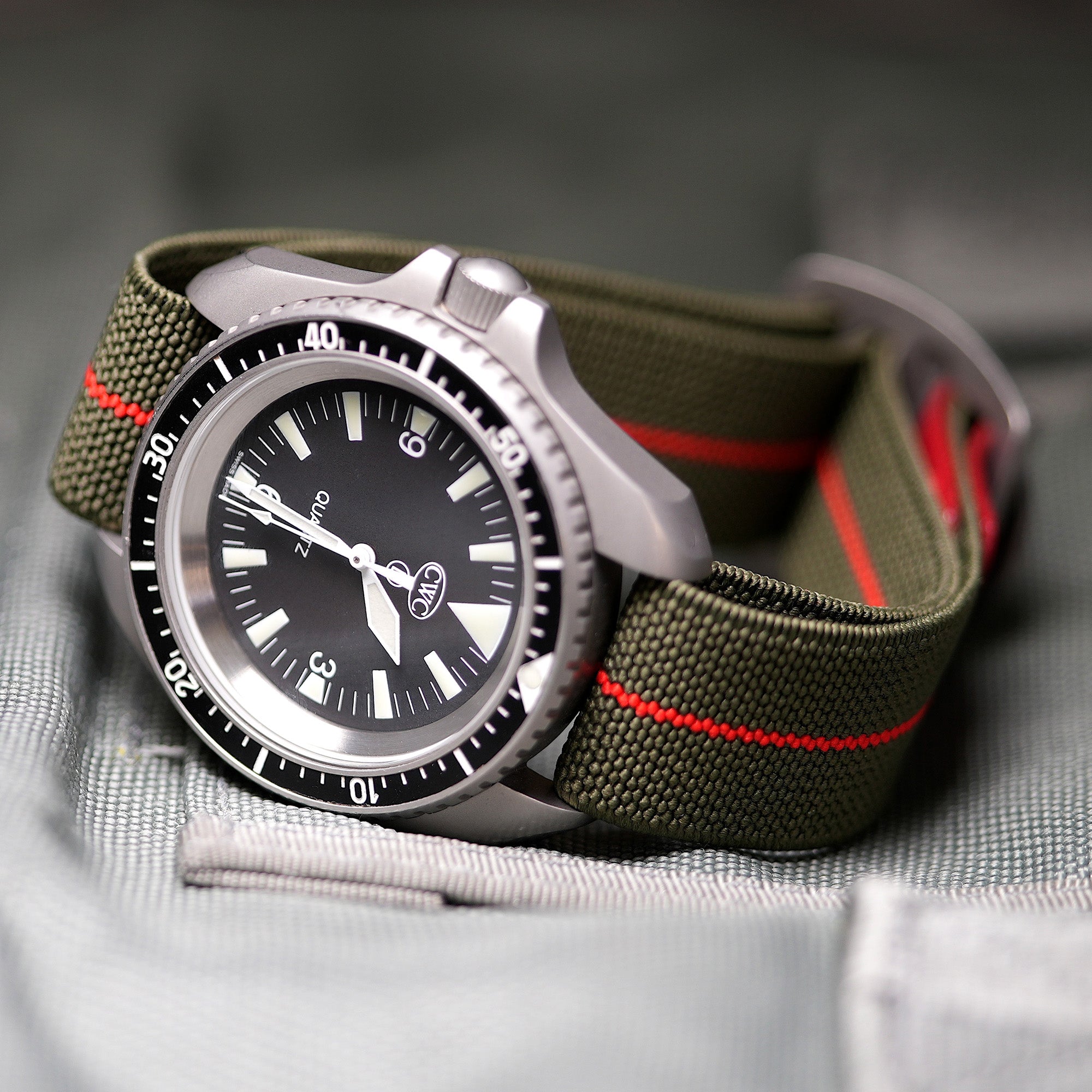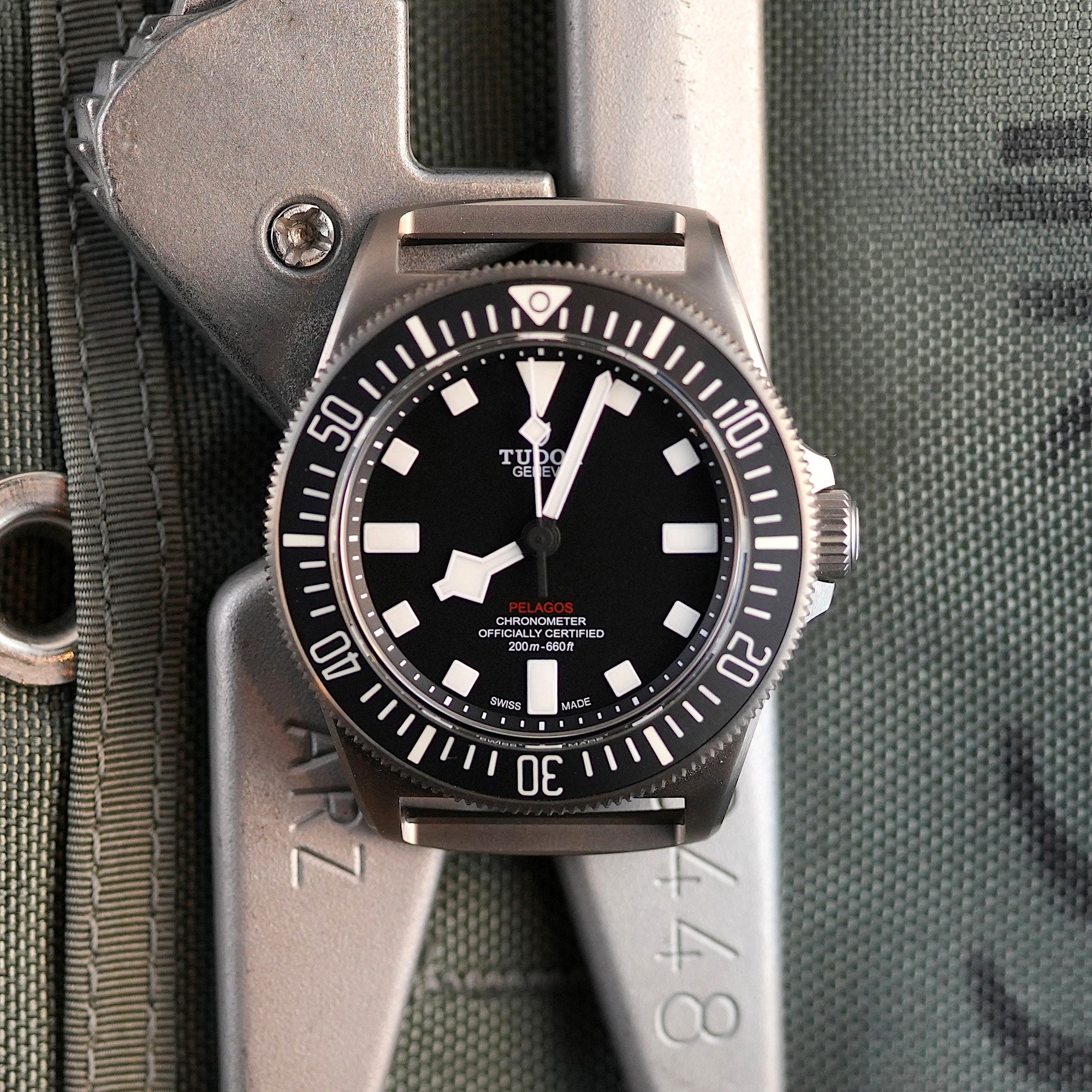Garmin watches have carved out a significant niche in the wearable technology market, known for their advanced features and reliability. From their origins in GPS technology to their development into multifaceted fitness and outdoor watches, Garmin's journey reflects a commitment to innovation and user-focused design. This blog post delves into the history, development, and impact of Garmin watches, highlighting their evolution and significance in the world of wearable technology.
The Origins of Garmin
1. Founding and Early Years:
- Company Foundation: Garmin Ltd. was founded in 1989 by Gary Burrell and Min Kao in Lenexa, Kansas. The company initially focused on GPS technology, a burgeoning field with significant potential for innovation.
- Early Products: Garmin's first products were primarily GPS-based devices, including aviation and marine navigation systems. Their expertise in GPS technology laid the foundation for their future ventures into wearable technology.
2. Entry into Wearable Technology:
- Initial Developments: Garmin's entry into the wearable technology market began in the early 2000s with the introduction of devices that combined GPS functionality with fitness tracking. This marked a significant expansion from their core focus on navigation systems.
Evolution of Garmin Watches
1. Early Fitness and Outdoor Watches:
Garmin Forerunner Series: In 2003, Garmin introduced the Forerunner 201, one of the first GPS-enabled sports watches. It provided runners with real-time data on pace, distance, and location, setting a new standard for fitness tracking.
Expansion of Features: Over the years, the Forerunner series evolved, incorporating additional features such as heart rate monitoring, advanced metrics, and multisport capabilities. This series became popular among athletes and fitness enthusiasts.
2. Advanced Outdoor and Fitness Watches:
Garmin Fenix Series: Launched in 2012, the Fenix series represented a significant advancement in outdoor and multisport watches. The Fenix watches combined GPS navigation with rugged designs, catering to adventurers, hikers, and athletes.
Innovations: The Fenix series introduced features such as barometric altimeters, built-in compasses, and advanced tracking capabilities. These features made Garmin watches suitable for a wide range of outdoor activities and environments.
3. Smartwatch Integration:
Garmin Vivoactive and Venu Series: The introduction of the Vivoactive series in 2015 marked Garmin's foray into the smartwatch market. These watches combined fitness tracking with smartwatch functionalities, including notifications, apps, and customizable watch faces.
Advanced Smart Features: The Venu series, launched in 2019, further expanded Garmin's smartwatch offerings with AMOLED displays, enhanced health tracking features, and integration with popular fitness apps. These watches appealed to users seeking a blend of smart technology and fitness capabilities.
Key Features and Technologies
1. GPS and Navigation:
Precision Tracking: Garmin watches are renowned for their accurate GPS tracking, which is essential for activities such as running, hiking, cycling, and swimming. Garmin's expertise in GPS technology ensures reliable performance in various environments.
Mapping and Navigation: Many Garmin watches offer mapping and navigation features, allowing users to follow routes, explore new areas, and access detailed maps directly from their wrist.
2. Health and Fitness Monitoring:
Heart Rate Monitoring: Garmin watches include advanced heart rate monitoring features, providing users with insights into their cardiovascular health and training intensity.
Activity Tracking: Garmin watches track various activities, including steps, calories burned, sleep quality, and stress levels. These features support users in managing their overall health and wellness.
3. Smartwatch Capabilities:
Notifications and Apps: Garmin smartwatches offer integration with smartphones, allowing users to receive notifications, control music, and access apps directly from their wrist.
Customization: Users can personalize their Garmin watches with custom watch faces, widgets, and apps, enhancing the device's functionality and user experience.
Impact and Market Presence
1. Consumer Adoption:
Popularity Among Athletes: Garmin watches have become popular among athletes and fitness enthusiasts due to their advanced tracking features and durability. The company's commitment to precision and innovation has earned it a strong reputation in the fitness and outdoor markets.
Expanding User Base: Garmin's expansion into smartwatch technology and lifestyle features has broadened its appeal to a wider audience, including casual users and tech enthusiasts.
2. Competitive Landscape:
Industry Leadership: Garmin is recognized as a leader in the wearable technology industry, competing with other major brands such as Apple, Fitbit, and Suunto. Its focus on GPS accuracy, durability, and comprehensive features sets it apart from competitors.
Innovation and Development: Garmin's ongoing investment in research and development ensures that it remains at the forefront of wearable technology. The company continues to introduce new features and technologies to meet the evolving needs of its users.
In Short
Garmin watches represent a significant evolution in wearable technology, combining the company's expertise in GPS with advanced fitness and smartwatch capabilities. From their early days as pioneers in GPS technology to their current status as leaders in the wearable market, Garmin's journey reflects a commitment to innovation and user satisfaction. Garmin watches have become essential tools for athletes, adventurers, and everyday users, offering precision, durability, and functionality that cater to a diverse range of needs. As Garmin continues to innovate and expand its offerings, its watches remain a symbol of excellence in the world of wearable technology.













Share:
Fixed Bar Watches: A Historical Perspective on a Classic Design Feature
The Airborne Division: A Legacy of Courage and Innovation